
Viking wedding
There can never be an interesting read than that which dates back to the Viking age. Today, weddings are common events where two lovebirds come together to make vows before witnesses. But what did the weddings in the viking time look like?
I love weddings just like any other people do. It is only at weddings where people gather at the invitation of two lovebirds to witness them exchange vows for a lifetime commitment in marriage. As any weddings lovers can testify, the ceremonies are always very colourful, team with merry makers, finely decorated cakes and many more.

During the Viking Age, the wedding was regarded as a meticulously and elaborately planned event. It involved opening financial negotiations and ended with bestowing morning gifts from the groom to the bride after the ceremony (Viking wedding).
In the Viking culture, marriage was an important element. The Viking weddings, or rather Norse weddings, united both the bride and the groom as well as their families. The wedding celebrations lasted for about one week and were conducted in summer to avoid the impossibility of traveling to the wedding location or snowy winters.
Negotiations for a Viking Wedding
The girl’s father has to take her daughter to different markets and fairs to cook for him and ensure that her availability for marriage is known. The two families’ alliances were a motivating factor in a seldom love and Viking marriage. Love was supposed to come later after the couple had familiarized themselves with each other.

The negotiations commenced with the potential groom as well as influential men delegation who arrived at the chosen bride’s house. In that house, they would agree on three fees, including morgedn-gifu or rather a morning gift, bride price or the mundr, and Heiman fylgia or dowry.
Setting a date for a Viking Wedding
In Norse Mythology, Odin and Frigg were considered important gods. For weddings, the Vikings set their wedding days on Fridays, and the main reason was honoring the goddess of marriage, Frigg. The other considerations for setting the wedding date include the time needed for the preparation of mead, getting the supplies required to lodge and feed the different guests, and weather.
Viking Wedding Preparations
Before the wedding ceremony, the bride was supposed to spend time with the married woman as well as her mother. During that time, a circlet that is worn by girls over their unbound hair, kransen, is removed and usually held in trust for the future daughter of the bride. The kransen is then replaced with the marriage crown during festivities and marriage.
The crown was regarded as a family heirloom, and it was made of woven straw or wheat or silver. The bride would also bathe. After that, she would be dressed in new clothing as she received motherly and wife duties. Apart from the bride, the groom also was to undergo some rituals attended by married male friends and the father.
Viking Wedding Hair
The bridal hair was important as it symbolized sexuality. It was more vital than even the wedding dress. The crown, which the bride inherited from the mother, was adorned with several ornaments. Long hair had more ornaments as compared to short hair. Apart from the bride, the groom also put on ornate garments and carried Thor’s symbol that included hammers and axes as they symbolized a strong marriage.

The Wedding Ceremony
Priest or Gothi conducted the ceremony. The initial part of the ceremony was the gods’ invocation through the Blot ritual. It entailed drizzling sacrificial blood on small figures of the gods as well as the participants’ foreheads. The blood symbolized the union of the people and gods.
After the Bloti, the bride and the groom then went on with the wedding vows. During that moment, the groom offered his newly gotten ancestral sword to the bride, who held it in trust for the future son. It was after that event that the couple exchanged rings, and they were provided over the ancestral sword in sealing their wedding vows.
Viking Sword
Apart from the wedding rings, the couple exchanged Viking swords. The groom gave his bride the ancestral sword, and she was to keep it for their future sons. Afterward, the bride bestowed a sword upon the groom for the ancestors. It symbolised the father’s protection transfer of the bride to the husband, and it was a unifying factor between the two families, as they would support each other.
Animal Sacrifice
Animal sacrifice was part of the Viking weddings, and they were made with the aim of receiving blessings from the gods of fertility. After premarital rituals, the wedding ceremony commenced, and during the ceremony, dowry was paid to the family of the groom by the bride’s family. The ritual involved incantation and animal sacrifices.
The sacrificed animals were linked to the gods of fertility, and a goat was slaughtered for Thor. They also made a sacrifice for Freyja, the goddess of death, battle, and fertility of a female pig. Another sacrifice of boar or horse was made for Freyr, the god of sunshine, rain, fertility, and peace. Lastly, the priest sacrificed an animal.

Beautiful Viking Wedding Ceremony Scripts
Handfasting ceremony: Although handfasting was for the pagans, the Vikings also used it. The ceremony entailed tying some clothes or cords while the officiant officiated their marriage and bound them.
Mead Ceremony: Mead was part of the wedding ritual, and after the ceremony, both the groom and the bride were given enough mead that would last them for one full moon.
Viking Wedding Traditions and Rituals
- The Viking weddings were conducted on Fridays
- The bride and the groom exchanged swords and rings
- The Thor’s hammer sat on the lap of the bride: imitation of Mjolniron
- The bride underwent rituals of maidenhood
- The groom underwent rituals of sword ceremony
- A huge Viking style feast would be conducted
- At the wedding ceremony, a lot of mead must be there after tying the knot
- Norse gods were involved in the wedding
- The Vikings married for financial and legal reasons instead of love
- Several considerations such as the weather were considered before setting the wedding date
- The Viking brides would store their symbolic virginity as well as was away maidenhood
- The Viking grooms underwent a symbolic rebirth and death during the sword ceremony
- Although the groom did not have a specific dress code, he would carry symbolic objects
- The bride was to ask for Thor blessing during the ceremony
- In legalizing their union, the bride and the groom drank ale

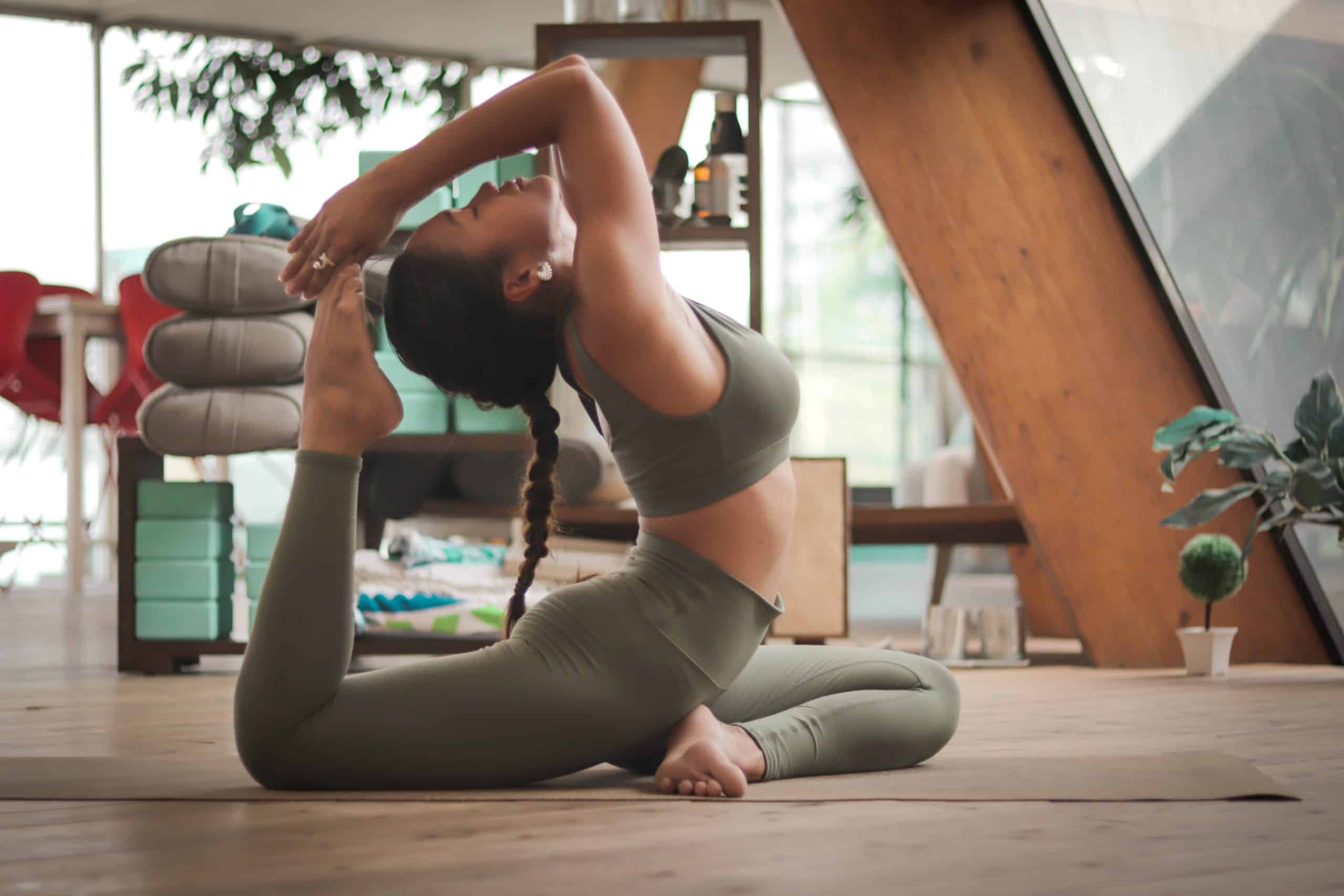
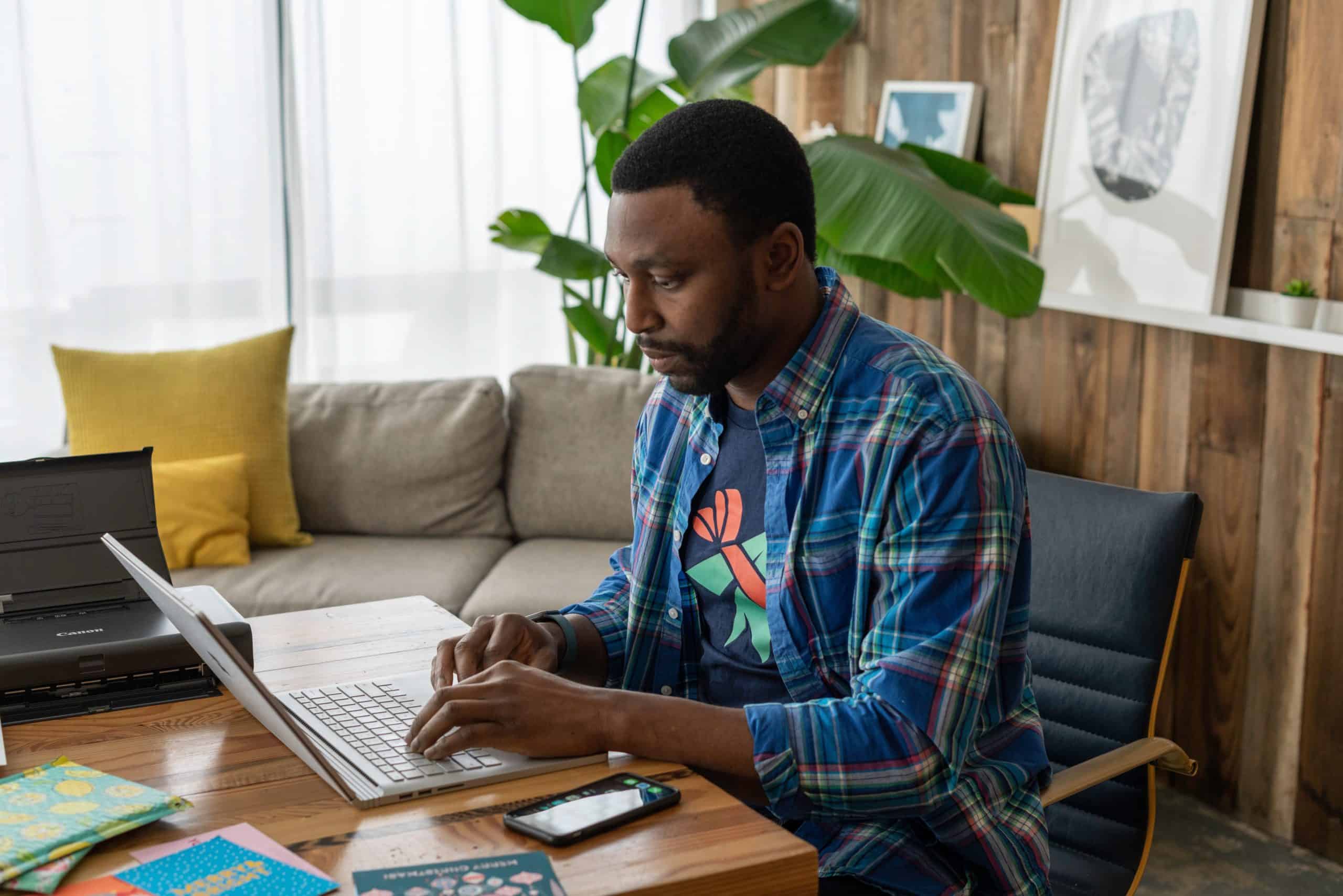
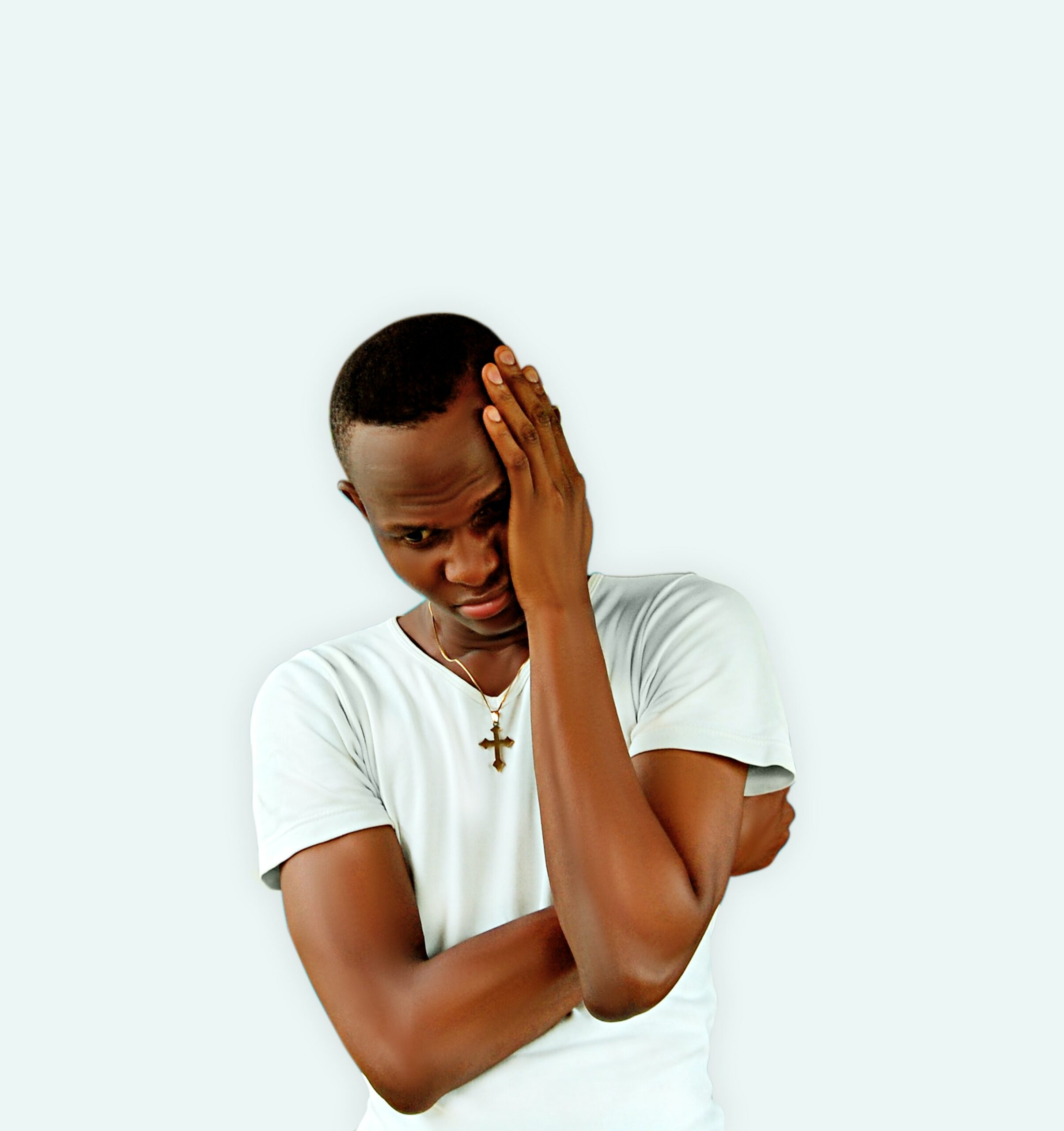
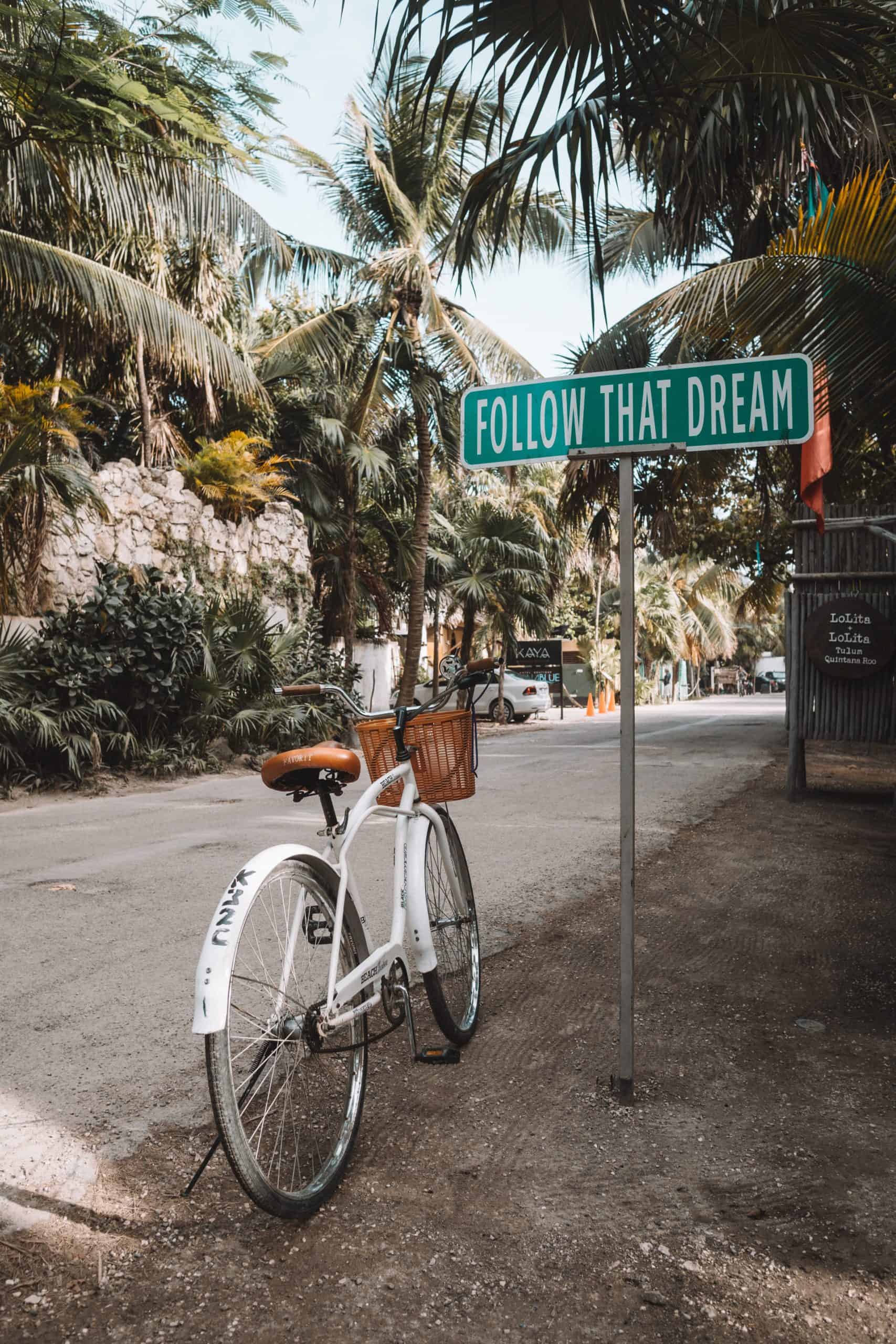


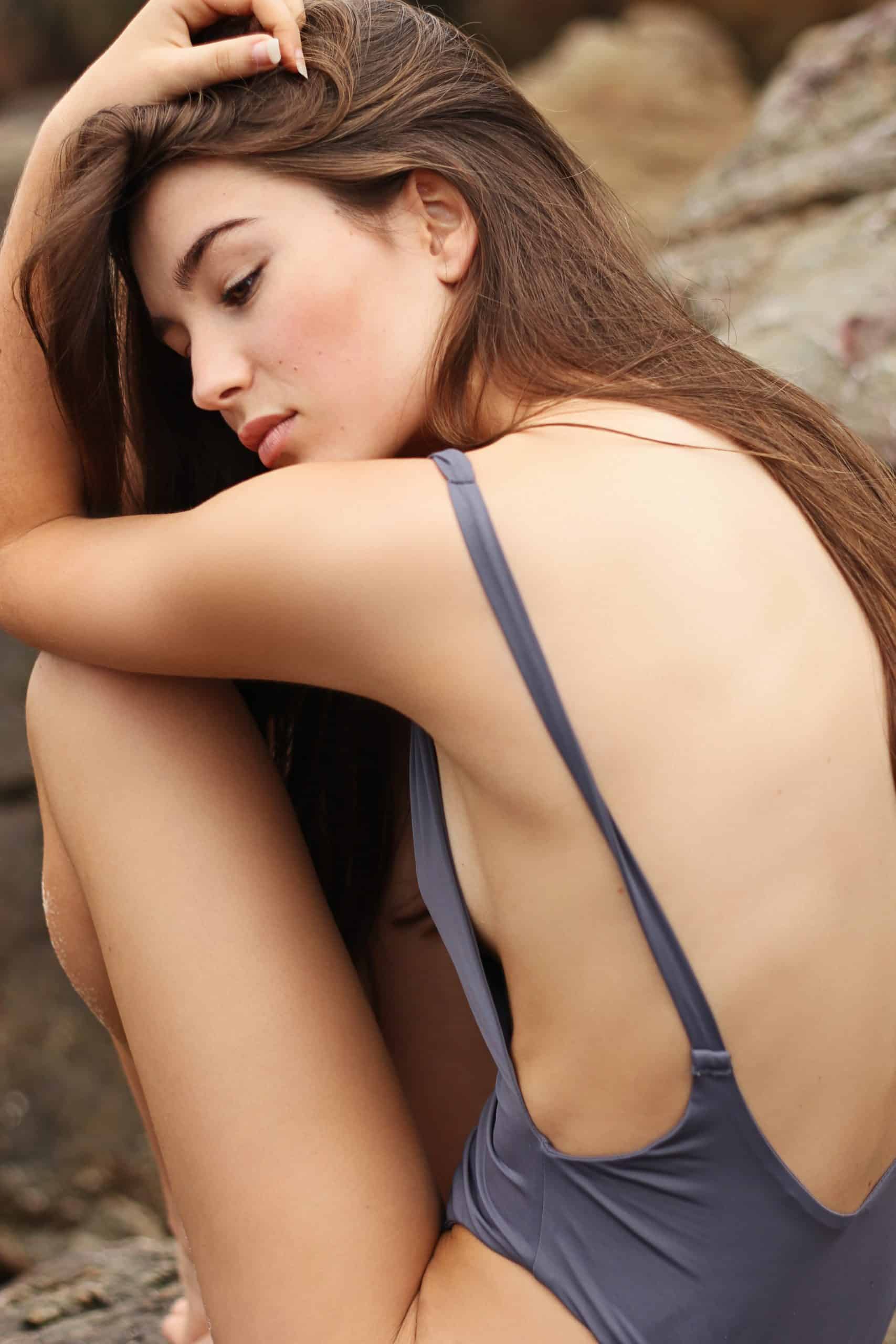
Leave a Reply